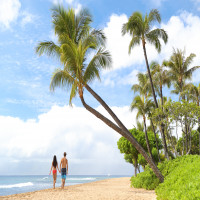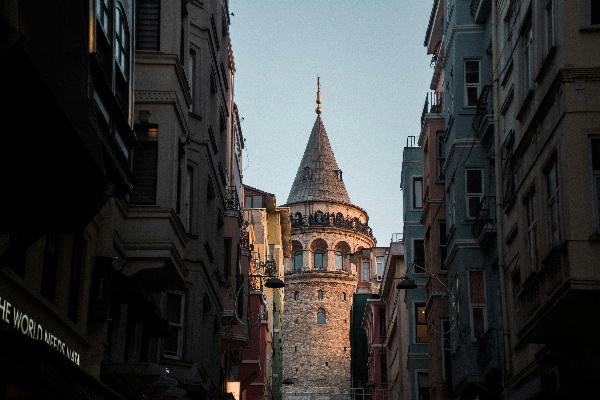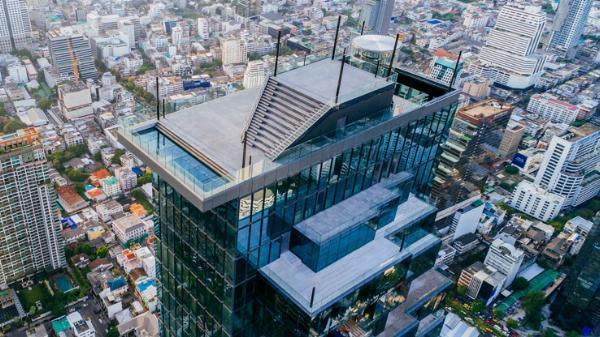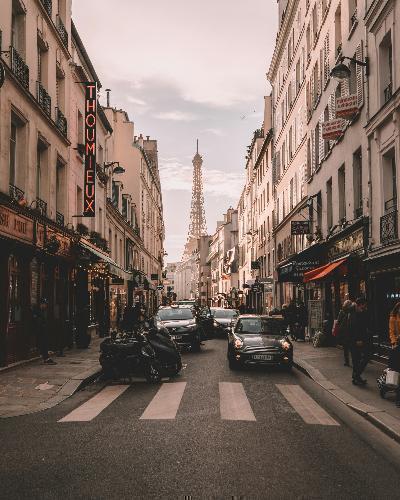The Royal Palace of Madrid: A Majestic Symbol of Spanish Heritage
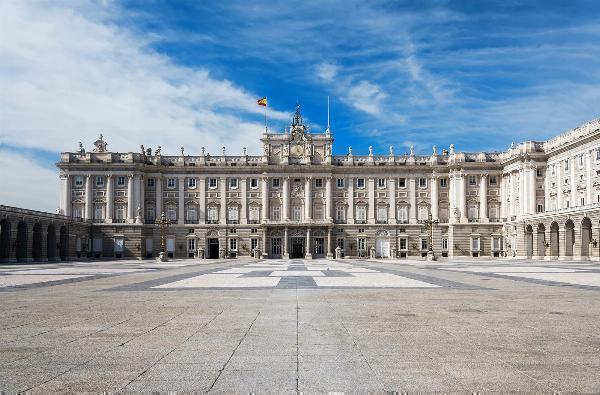
Strong 8k brings an ultra-HD IPTV experience to your living room and your pocket.
The Royal Palace of Madrid, known as the "Palacio Real de Madrid" in Spanish, stands as a majestic symbol of Spain's rich history and cultural heritage. As the official residence of the Spanish Royal Family, it is one of the most iconic landmarks in Madrid, captivating visitors with its grandeur, architectural splendor, and historical significance. This magnificent palace, with its opulent interiors and lush gardens, offers a glimpse into the royal lifestyle and the country's past.
Historical Background
The site where the Royal Palace now stands has a history dating back to the 9th century when the Moors built a fortress, the Alcázar of Madrid, to defend against Christian incursions. This fortress was later transformed into a royal residence by the Christian kings. However, the old Alcázar was destroyed by a fire on Christmas Eve in 1734. King Philip V decided to build a new, more splendid palace on the same site, marking the beginning of the construction of the current Royal Palace.
The construction of the Royal Palace began in 1738 under the direction of architect Filippo Juvarra, followed by his pupil Giovanni Battista Sacchetti, and later completed by Francesco Sabatini. The palace was finished in 1755, but it wasn't until 1764 that King Charles III moved in, making it the official royal residence.
Architectural Splendor
The Royal Palace of Madrid is a masterpiece of Baroque architecture with influences of Neoclassicism. Covering an area of 135,000 square meters and containing over 3,000 rooms, it is one of the largest palaces in Europe. The exterior of the palace is characterized by its symmetrical design, intricate sculptures, and expansive courtyards.
The main façade, with its grand staircase and imposing columns, sets the tone for the opulence within. The palace is constructed primarily of limestone and granite, giving it a stately and enduring presence. The Sabatini Gardens and the Campo del Moro Gardens, surrounding the palace, enhance its beauty and provide a serene environment for visitors.
Opulent Interiors
Stepping inside the Royal Palace, visitors are greeted by an overwhelming display of luxury and artistic brilliance. The grand staircase, designed by Sabatini, leads to the various state rooms and private chambers. Each room is adorned with exquisite frescoes, lavish tapestries, and ornate furnishings, showcasing the finest examples of European art and craftsmanship.
One of the most notable rooms is the Throne Room, with its crimson walls, gilded ceiling, and magnificent throne flanked by lions. The Hall of Mirrors, inspired by the famous hall in the Palace of Versailles, dazzles with its mirrored walls and sparkling chandeliers. The Royal Chapel, with its impressive dome and stunning frescoes, is another highlight, reflecting the religious significance of the monarchy.
The palace also houses an extensive collection of art, including works by renowned painters such as Velázquez, Goya, and Caravaggio. The Royal Armory, with its impressive array of armor and weapons, and the Royal Pharmacy, with its historical medicinal collections, offer unique insights into the daily lives of the royals.
Historical Significance
Beyond its architectural and artistic marvels, the Royal Palace of Madrid holds immense historical significance. It has been the setting for numerous royal events, ceremonies, and state functions. Monarchs, dignitaries, and foreign leaders have graced its halls, making it a center of political and diplomatic activity.
The palace witnessed the proclamation of King Juan Carlos I in 1975, marking the transition of Spain to democracy after the Franco regime. Today, while the Spanish Royal Family resides in the more modest Zarzuela Palace, the Royal Palace is used for official state ceremonies and is open to the public as a museum.
A Cultural and Tourist Attraction
The Royal Palace of Madrid is one of the city's top tourist attractions, drawing millions of visitors each year. Guided tours offer an in-depth look at the palace's history, architecture, and art collections. The Changing of the Guard ceremony, held every Wednesday and Saturday, is a popular spectacle, showcasing the pomp and tradition of the Spanish monarchy.
The palace's location in the heart of Madrid makes it easily accessible and a perfect starting point for exploring other nearby attractions, such as the Almudena Cathedral, the Plaza Mayor, and the bustling Gran Vía. The surrounding gardens provide a peaceful retreat from the city's hustle and bustle, inviting visitors to stroll and relax.
Note: IndiBlogHub features both user-submitted and editorial content. We do not verify third-party contributions. Read our Disclaimer and Privacy Policyfor details.

